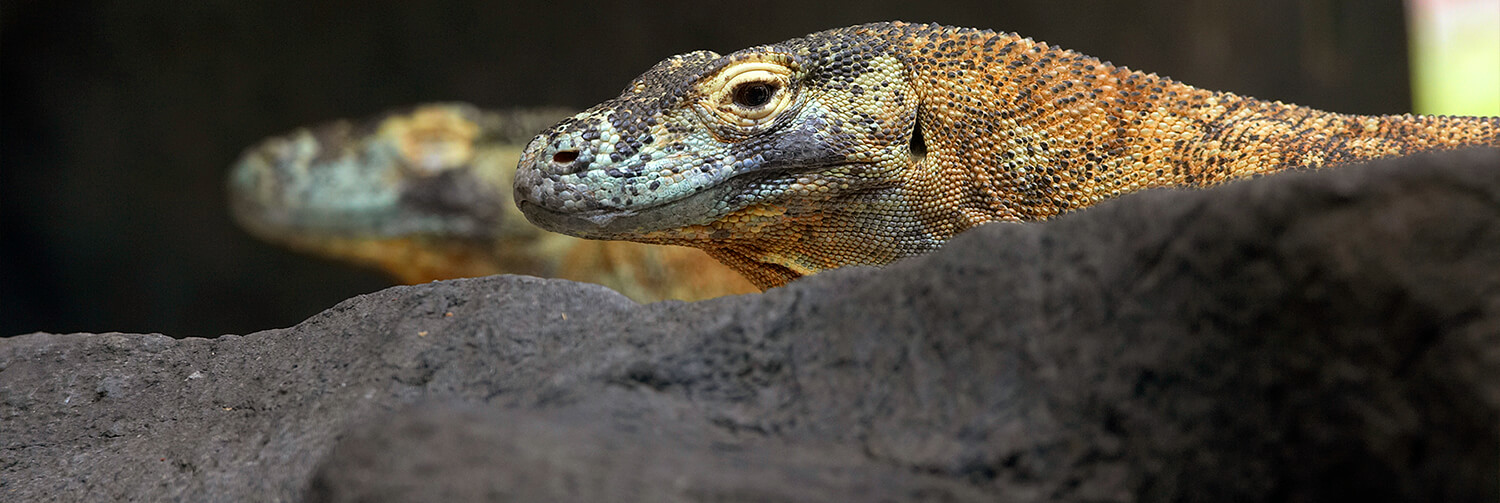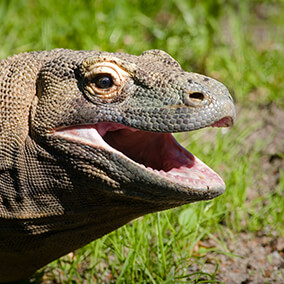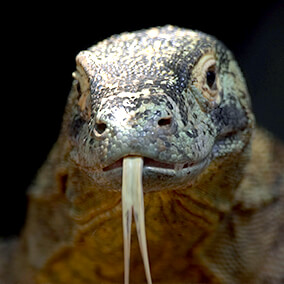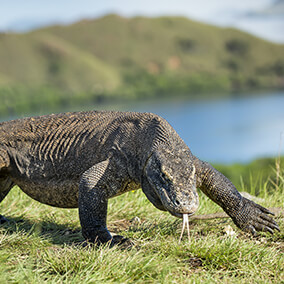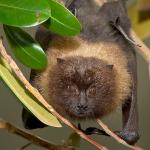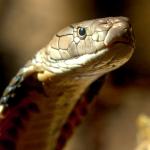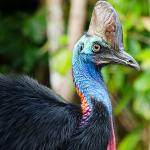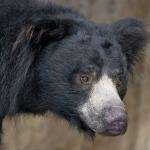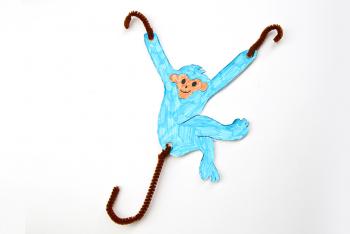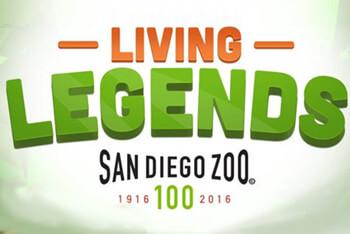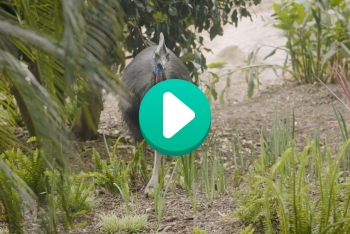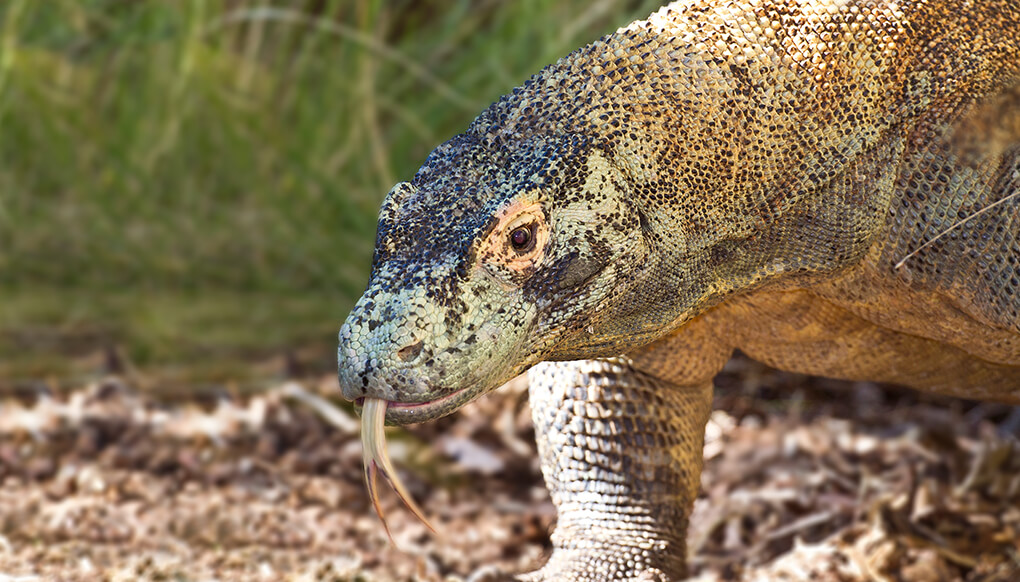
Komodo dragon
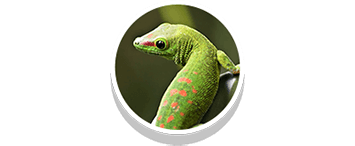
Reptiles


Endangered
facts
Komodo dragons eat wild pigs, deer, wild buffalo, snakes, and fish that wash up on shore.
The Komodo dragon also lives in forests near beaches.
description
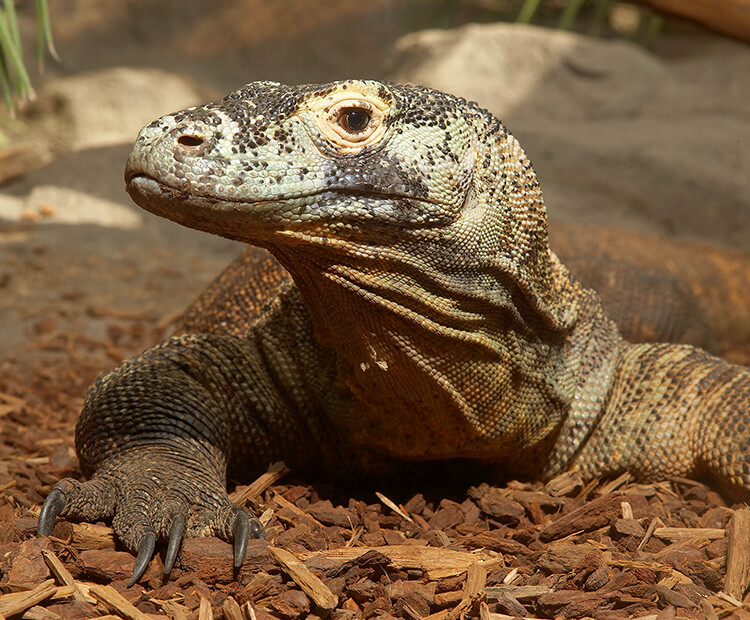
"Meat" the king of the lizards
Most lizards are omnivores, but not Komodo dragons. Meat is what they seek. Inside a Komodo dragon's mouth are about 60 short, sharp teeth that easily cut and tear flesh.
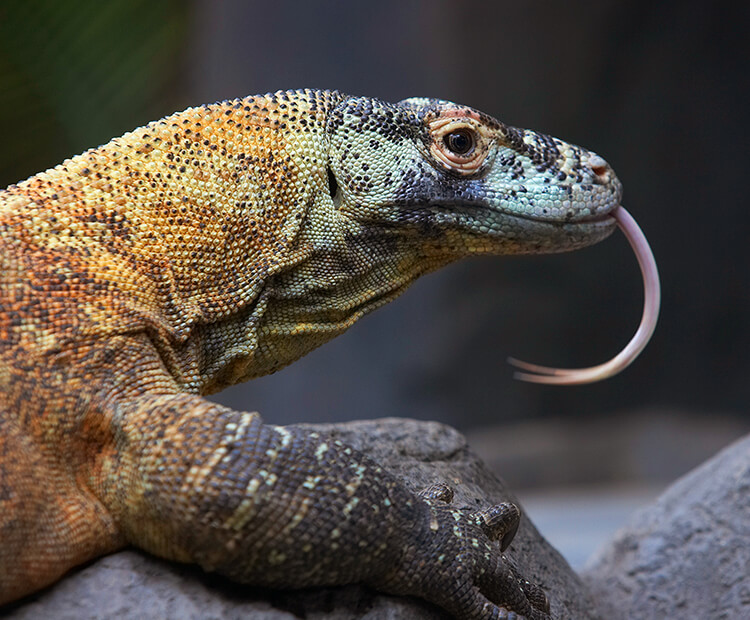
Skilled hunters
Komodo dragons use their long, forked tongues to pick up smells in the air. An adult Komodo dragon hides along a trail and waits for an unsuspecting creature to walk by; then it attacks with its sharp claws and dangerous teeth.
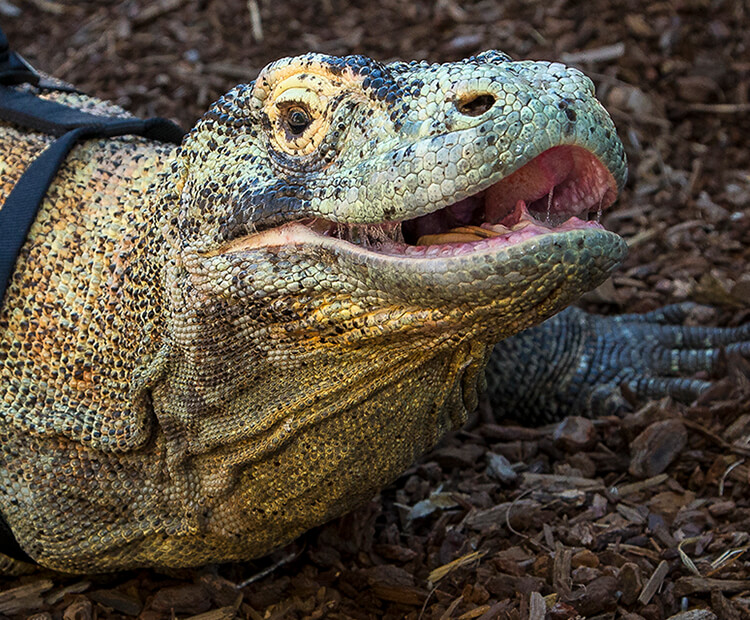
Toxic saliva
If the prey escapes, the lizard will simply follow it at a leisurely pace. That’s because the dragon’s bite contains deadly bacteria that will eventually kill its intended meal. Soon, other Komodo dragons will join in on the feast, fighting over the best pieces.
The magnificent Komodo dragon is endangered. Humans have disturbed more and more of its natural habitat and also hunt the same food these large lizards need to survive. But because they often eat dead animals as well as live ones, Komodo dragons help to keep the islands free of rotting carcasses.

